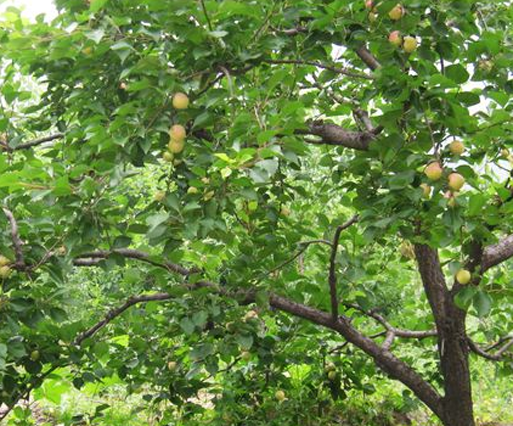INCI name: | LinumusitatissimunL |
Part used: | Seeds |
Extraction method: | Cold pressing |
CAS No.: | 8007-01-0 |
Origin: | China |
Appearance : | Pale yellow oily liquid |
Odour: | With apricot kernel oil inherent odor and taste |
Relative Density(20℃): | 0.910-0.920 |
Moisture and volatile matter (%) : | ≤0.1 |
Acid value (mgKOH/g): | ≤1.0 |
Peroxide value: | ≤5.0 |
Soap change value: | 185-195 |
The main fatty acid composition (%): | Palmitic acid (C16:0): 3.0 ~ 8.0 |
The oil acid (C18:2):22.0 ~ 32.5 | |
Oil acid (C18:1):58.0 ~ 72.0 |
The almond (Prunus dulcis, syn. Prunus amygdalus) is a species of tree native to the Middle East and South Asia.The fruit of the almond is a drupe, consisting of an outer hull and a hard shell with the seed, which is not a true nut, inside. |  |